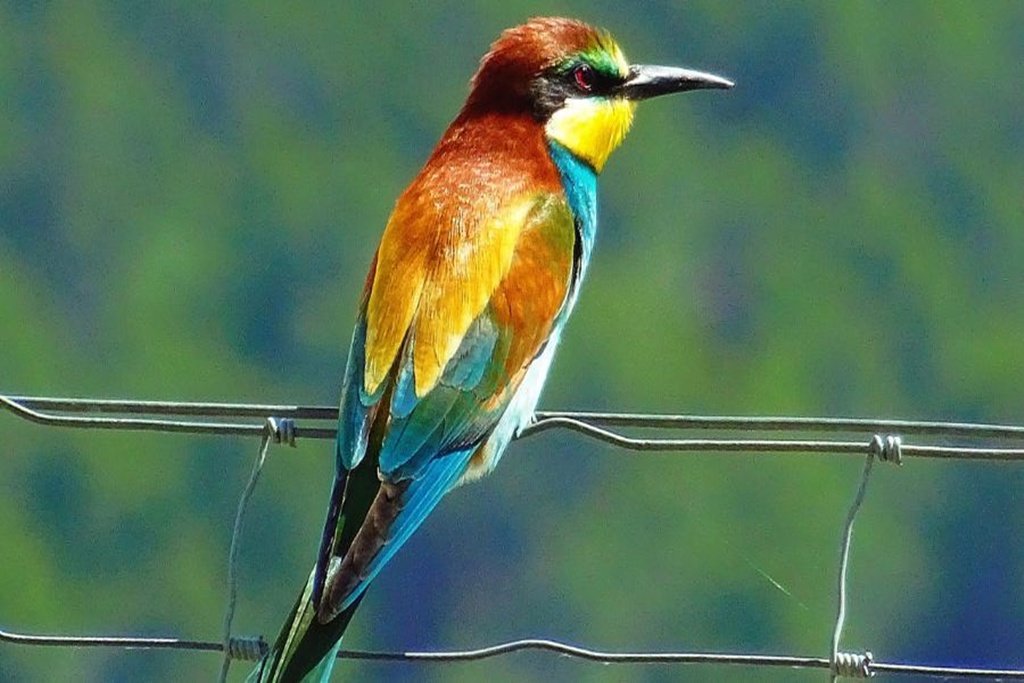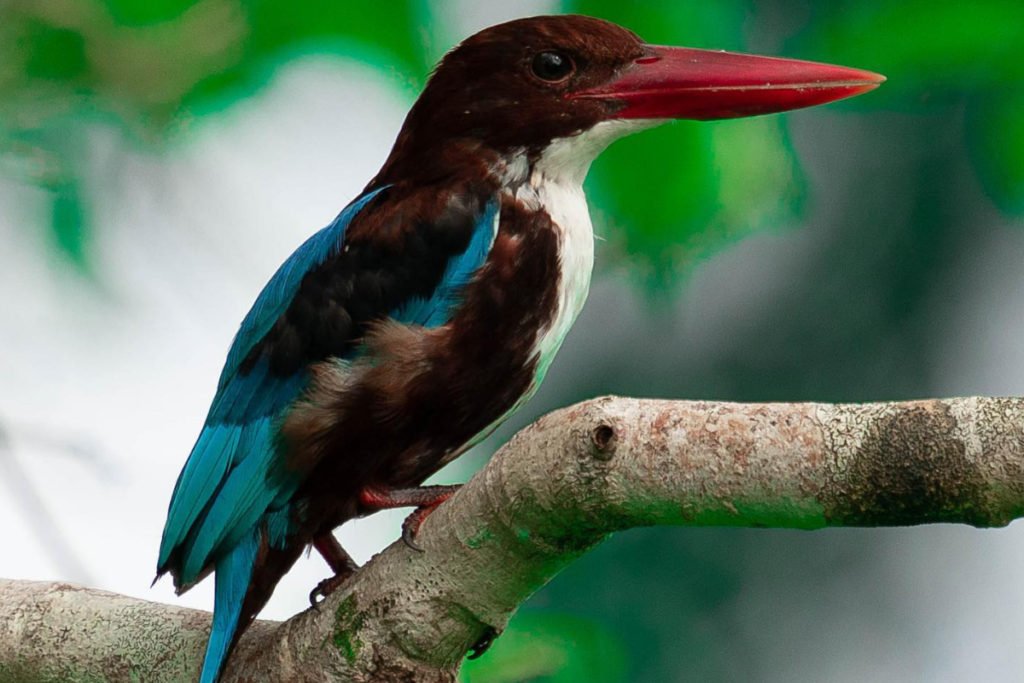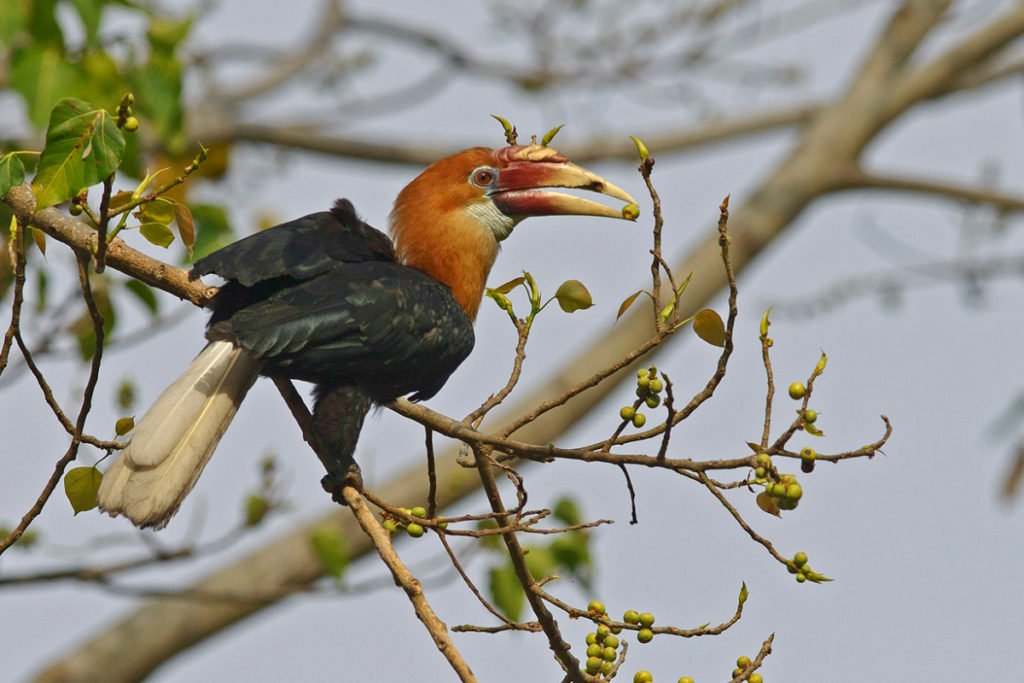Target Birds in Little Andaman



Bird Species of Little Andaman
Andaman Woodpecker – Striking black woodpecker with a red crest, endemic to the Andamans.
Andaman Serpent Eagle – Powerful raptor, often seen soaring above the forests.
Andaman Crake – Rare and shy rail, usually spotted near wetlands.
Andaman Drongo – Glossy black bird with a distinctive forked tail, excellent mimic.
Andaman Bulbul – Endemic songbird with olive-green plumage and melodious call.
Andaman Coucal – Large brown cuckoo, often seen hopping near forest edges.
Andaman Treepie – Beautiful, long-tailed bird with striking black and grey colors.
Andaman Flowerpecker – Tiny nectar-loving bird, important pollinator for forest plants.
Andaman Barn Owl – Nocturnal hunter, known for its eerie screeching call.
Andaman Green Pigeon – Colorful fruit-eating pigeon found in forest canopies.
Andaman Cuckoo-Dove – Graceful dove with a rich brown body and long tail.
Andaman Shama – Endemic songbird with sweet, fluty notes.
Andaman White-headed Starling – Rare starling with a pale head and glossy body.
Andaman Hawk Owl – Small owl active at night, with glowing yellow eyes.
Andaman Swallow – Swift flyer, often seen catching insects mid-air.
Andaman Emerald Dove – Ground-dwelling dove with shining emerald-green wings.
Andaman Tree Swift – Elegant swift with long, curved wings, often near water bodies.
Andaman Kingfisher (Collared Kingfisher) – Bright blue and white kingfisher, perches near coasts.
Andaman White-breasted Waterhen – Common wetland bird with loud, cackling calls.
Andaman Jungle Myna – Social and noisy bird often found near villages.
Andaman Fairy Bluebird – Stunning blue bird found in dense rainforest canopies.
Andaman Scarlet Minivet – Brilliant red and black bird seen in mixed flocks.
Andaman Brown Shrike – Small passerine bird, often perched on open branches.
Andaman Purple Moorhen – Large, colorful wetland bird with red bill and legs.
Andaman Nicobar Megapode – Rare ground-breeding bird known for large nesting mounds.
Andaman Black-naped Monarch – Graceful blue flycatcher with a black nape.
Andaman Green Imperial Pigeon – Big forest pigeon with metallic green sheen.
Andaman Black-headed Oriole – Yellow oriole with striking black head and red bill.
Andaman White-rumped Munia – Small, social finch with a white rump patch.
Andaman Collared Dove – Pale dove commonly seen near open clearings.
1. Introduction to Little Andaman
Little Andaman is the southernmost island of the Andaman group, known for its pristine beaches, dense rainforests, and rich birdlife.
The island is less crowded than other tourist spots, offering a peaceful and undisturbed birdwatching experience.
2. Key Bird Species to Spot
Endemic Species: Andaman Serpent Eagle, Andaman Coucal, Andaman Crake.
Forest Birds: Andaman Woodpecker, White-rumped Shama, Drongos, Scarlet Minivets.
Wetland & Coastal Birds: Pacific Reef Heron, Collared Kingfisher, Little Egret, and waders along creeks.
Rare Sightings: Nicobar Megapode and Andaman Wood Pigeon are sometimes recorded here.
3. Best Birding Locations in Little Andaman
Butler Bay & Surrounding Forests: Excellent for forest species like woodpeckers, bulbuls, and treepies.
Netaji Nagar & Hut Bay Areas: Known for wetland and mangrove birds.
Oil Palm Plantation Trails: Good for early morning sightings of drongos, bee-eaters, and cuckoos.
Creeks & Backwaters: Ideal for kingfishers, herons, and shorebirds.
4. Ideal Time for Birdwatching
Season: November to April is the best time – less rainfall and clear weather.
Timing: Early mornings (5:30–9:00 AM) and late afternoons (3:30–5:30 PM) give the best sightings.
5. What to Expect on the Trip
Guided walks through forest trails, plantations, and wetland edges.
Use of spotting scopes and binoculars for better viewing.
Opportunity to hear and learn bird calls with expert guidance.
Photography stops for capturing rare species and scenic landscapes.
6. Duration of the Trip
Half-Day Trip: 3–4 hours, covering nearby trails and wetlands.
Full-Day Trip: 6–8 hours, including multiple birding habitats and a break for refreshments.
7. What to Carry
Binoculars, camera with zoom lens, insect repellent, hat/cap, water bottle, and comfortable walking shoes.
Light snacks or packed breakfast for longer trips.
8. Eco-Friendly Guidelines
Avoid loud noise and sudden movements that may disturb birds.
Do not litter; carry back all waste.
Respect nesting areas and keep a safe distance from birds.
9. Who Can Join
Suitable for beginners, bird photographers, families, and serious birders.
Children above 8 years can enjoy learning about nature and spotting colorful birds.
10. Additional Experience
Combine birdwatching with a visit to White Surf Waterfall or a short beach walk at Butler Bay for a complete nature experience.
